May 4, 2016
London firmly established as global leader in tech and media start ups 0
 One new tech company has started every hour in London since 2012, which has firmly established the Capital as the global leader in tech and media start ups. According to property firm JLL, over the last five years, a massive 45,000 new tech businesses has been set up in London, with 98 percent of tech companies being start-ups and small businesses. There is migration from the West End to the City and the East, including ‘Silicon Roundabout’ in Old Street, but also new areas which are attracting technology and media companies. The growth of small business has also seen the average office footprint of T&M business fall over the last three years. JLL says for every one T&M company that moved out of Aldgate, Clerkenwell and Shoreditch over the last three years, two new tech and media companies moved in indicating the rapid consolidation of T&M business in the East.
One new tech company has started every hour in London since 2012, which has firmly established the Capital as the global leader in tech and media start ups. According to property firm JLL, over the last five years, a massive 45,000 new tech businesses has been set up in London, with 98 percent of tech companies being start-ups and small businesses. There is migration from the West End to the City and the East, including ‘Silicon Roundabout’ in Old Street, but also new areas which are attracting technology and media companies. The growth of small business has also seen the average office footprint of T&M business fall over the last three years. JLL says for every one T&M company that moved out of Aldgate, Clerkenwell and Shoreditch over the last three years, two new tech and media companies moved in indicating the rapid consolidation of T&M business in the East.












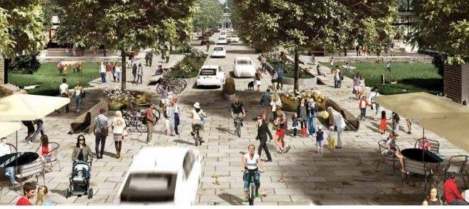
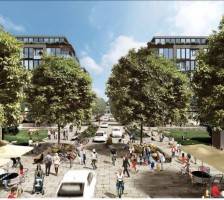

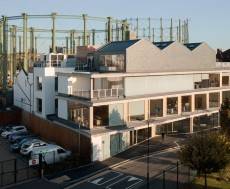



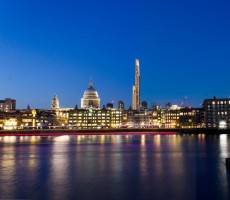


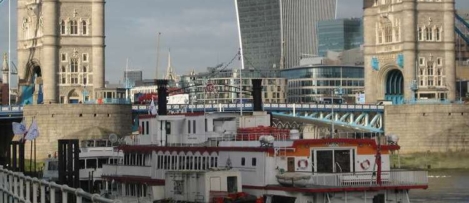
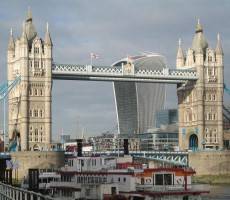











March 31, 2016
Flexible workspace underpins Hong Kong’s status as Asia’s hub 0
by Sean Lynch • Cities, Comment, Flexible working, Property
(more…)